What to do in Strängnäs? We have visited Strängnäs several times, by train, car and motorhome. During our last visit, we checked out several exciting places that we had not visited before. Here we have now gathered our best tips on sights and experiences in Strängnäs.
Innehållsförteckning
Strängnäs
Strängnäs is a charming and historically interesting city on Lake Mälaren, with cosy cobbled streets and a mighty cathedral on a hill in the middle of the city. The municipality also includes Mariefred with Gripsholm Castle, Stallarholmen and the large Selaön.
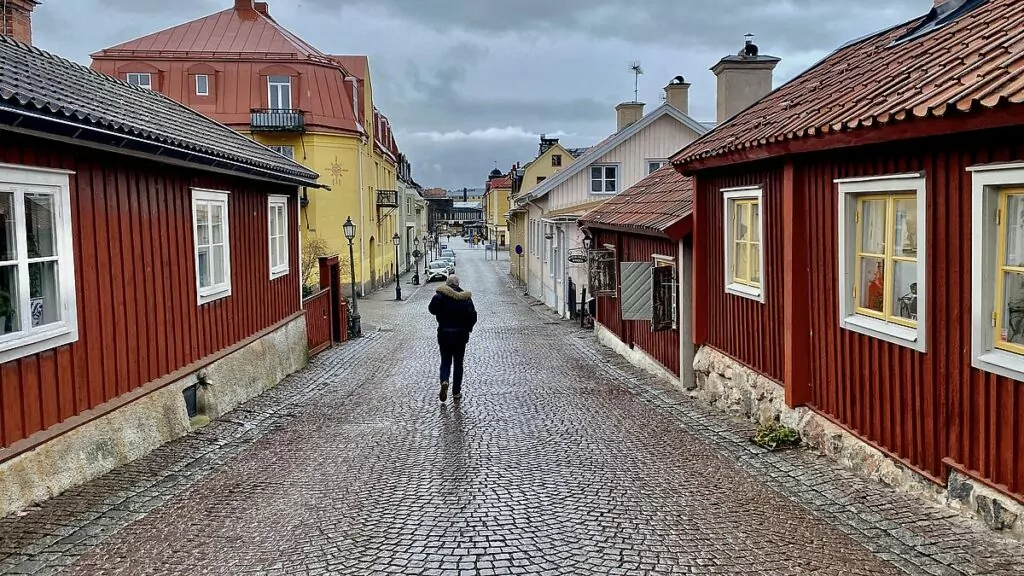
Strängnäs is located on the southern shore of Lake Mälaren, between Södertälje and Eskilstuna.
What can you do in Strängnäs?
So, what can you see and do in Strängnäs? Strängnäs is a very nice city, and we have occasionally travelled here with the motorhome and stayed at the nice parking place in the guest harbour. We have also occasionally travelled here by car or train, when we then continued to Ring island, where our friends have a summer house. Here are our top tips on what to see and do in Strängnäs.
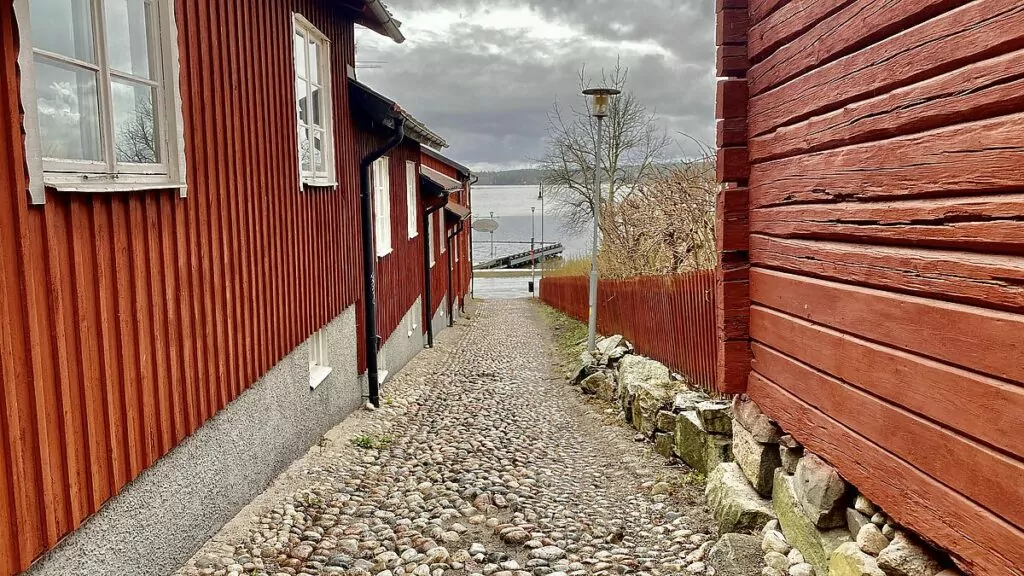
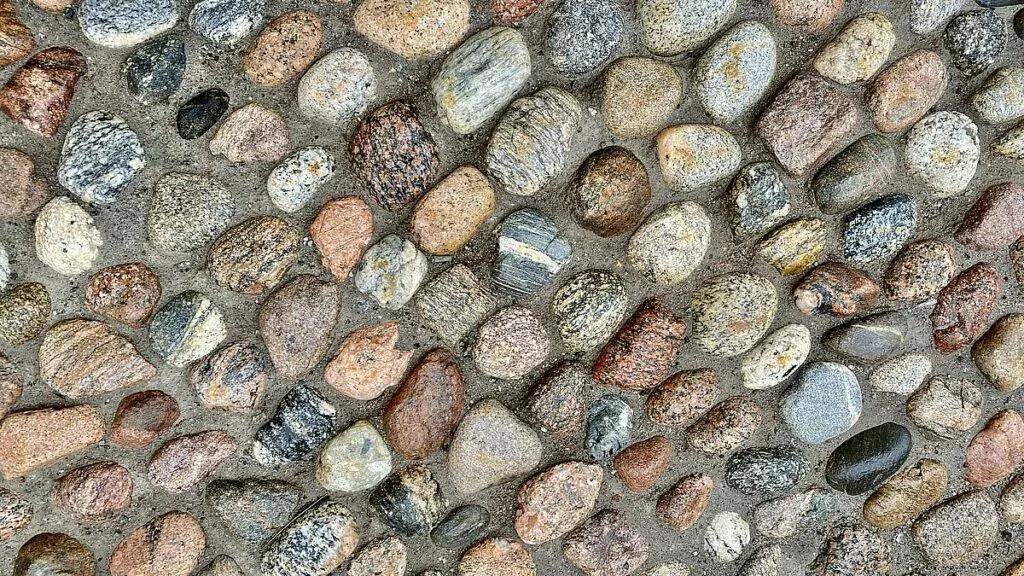
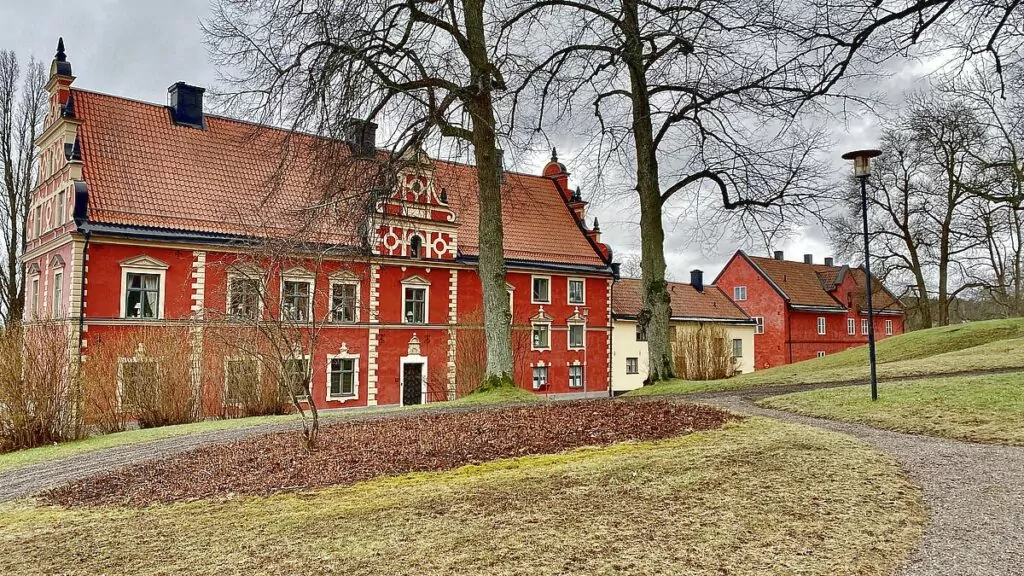
1. Hanging out in Västerviken
Västerviken is a protected little bay in the centre of Strängnäs. We often start our visits to Strängnäs here, as there is a good caravan site here. The site has electricity, a service building and grey water drainage, and if you want, you can book a site in advance at campingspot.com. By the way, Västerviken is a nice place with a guest harbour, small boats, restaurants and a view of the mill.
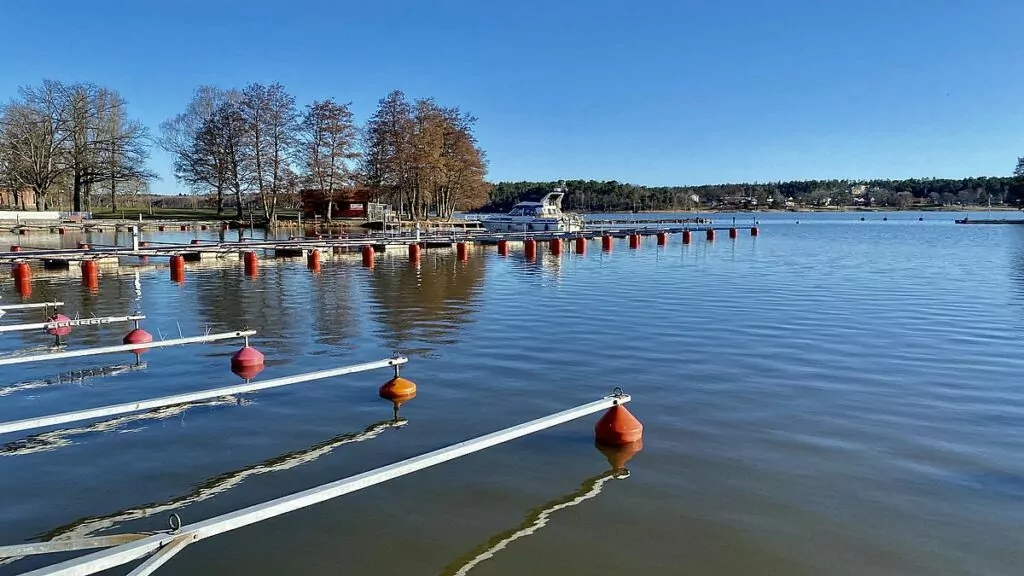
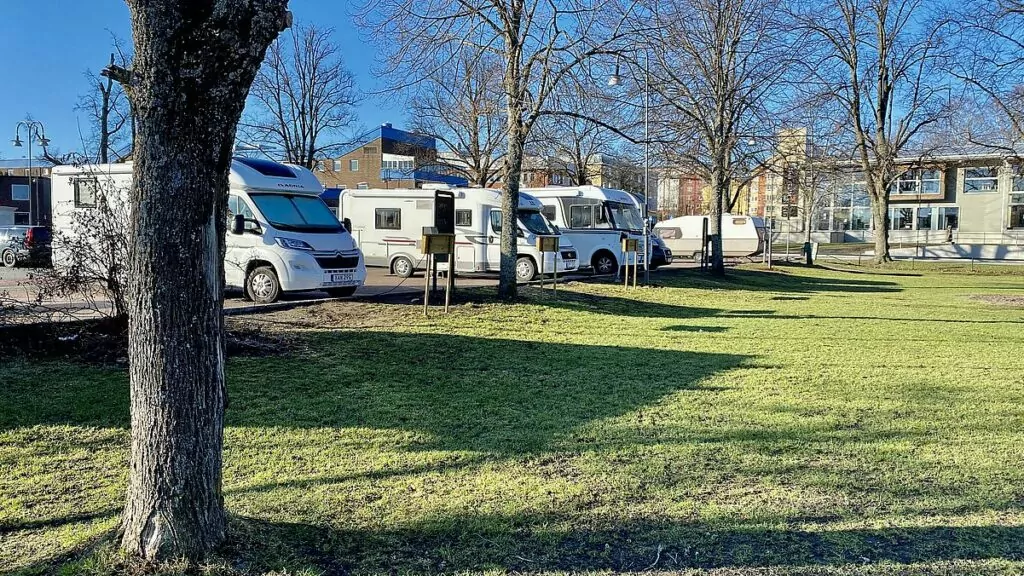
2. Swimming at Visholmen
Right next to Västerviken is the small green Visholmen. Here you will find a swimming area in the centre of town, as well as a playground and miniature golf. On our last visit it was of course a bit chilly for swimming, so we had to settle for walking and looking out towards the Strängnäs Bridge, but in the summer it's popular to swim here.
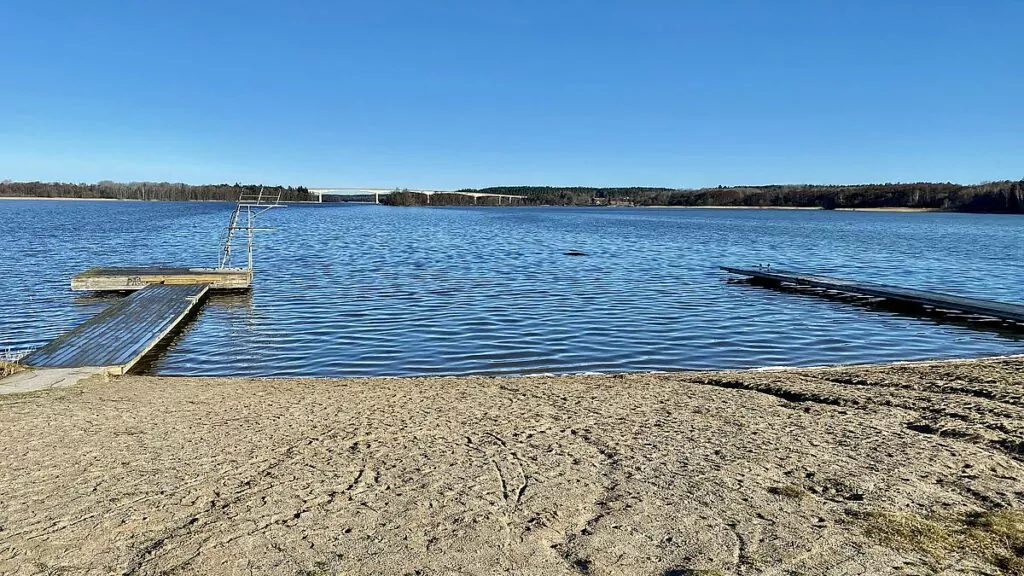
3. Strolling in the red neighbourhoods
You don't want to miss the red quarters when you visit Strängnäs. You'll find them west of the cathedral, down towards the west bay and around the mill. When the city burned down in 1871, it was these neighbourhoods that survived, and are therefore still standing. Here you will find Lillgatan, which is Strängnäs' oldest street. Absolutely fantastic cosy alleys!
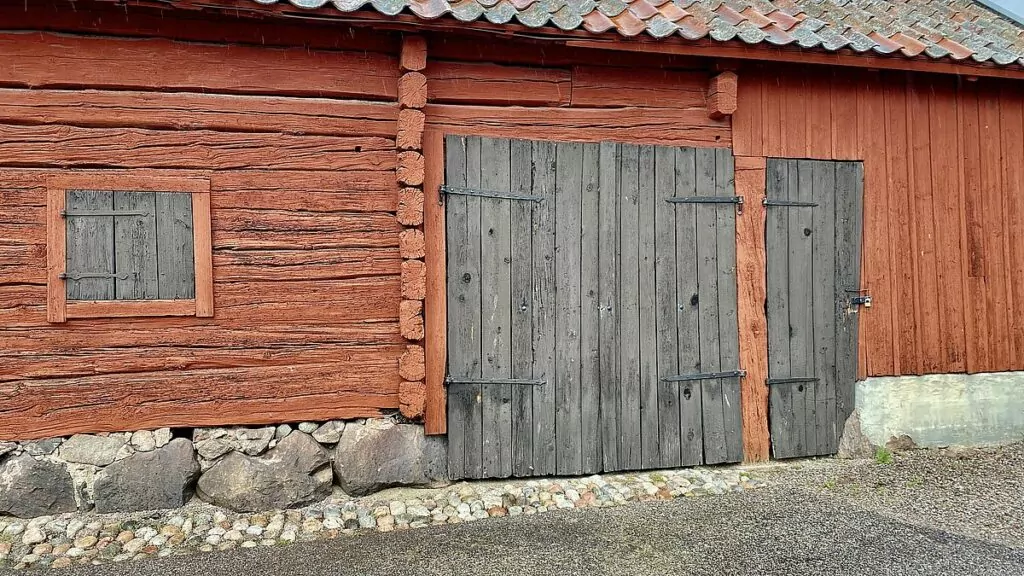
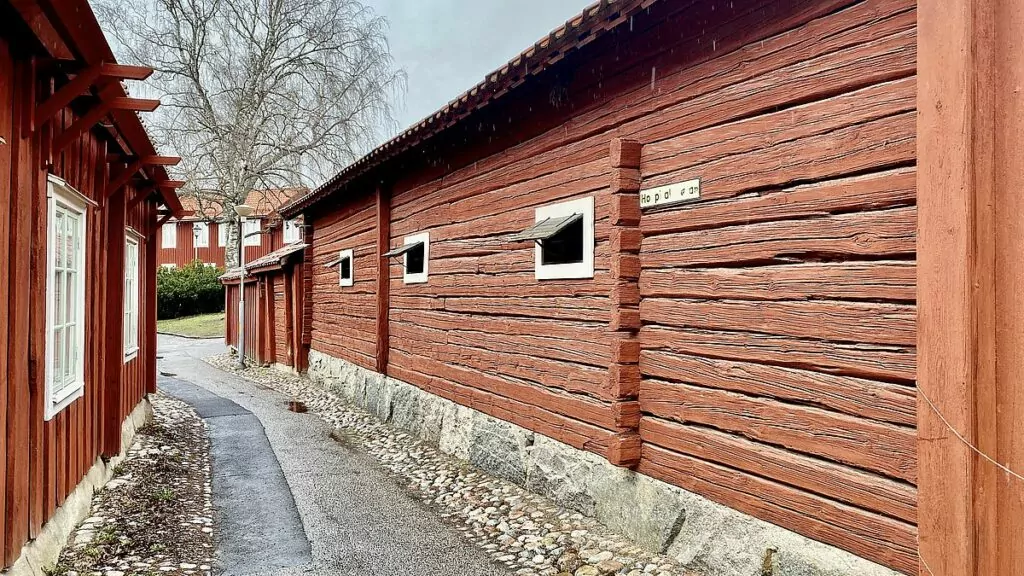
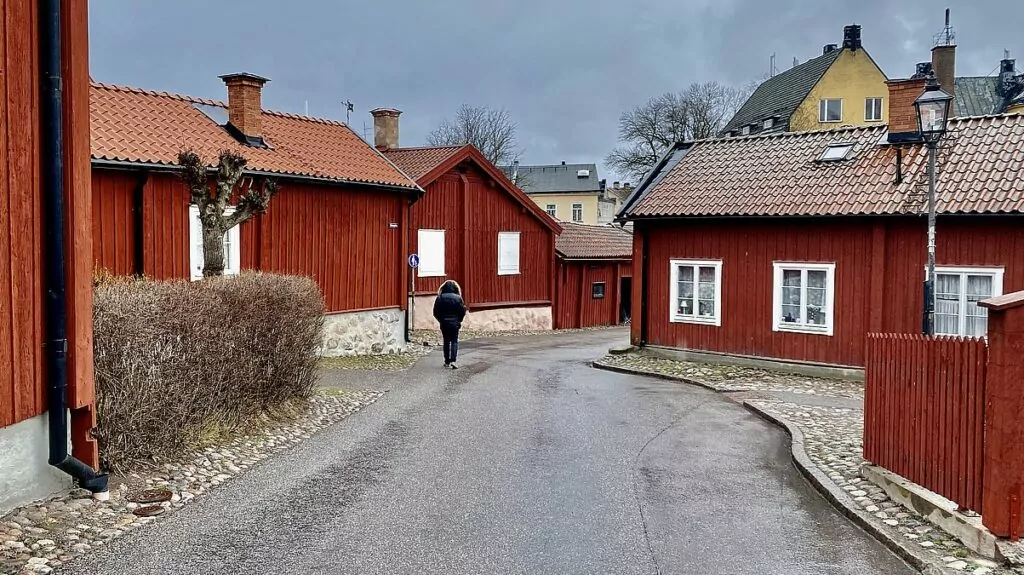
4. Coffee at Grassagården
In the Red Quarter, you'll find Grassagården, one of Sweden's few remaining castle farms on its original site. The farm's oldest building dates from the early 17th century, and in the 18th century the Grass family ran an inn here. Today you can come here for a coffee or a light meal.
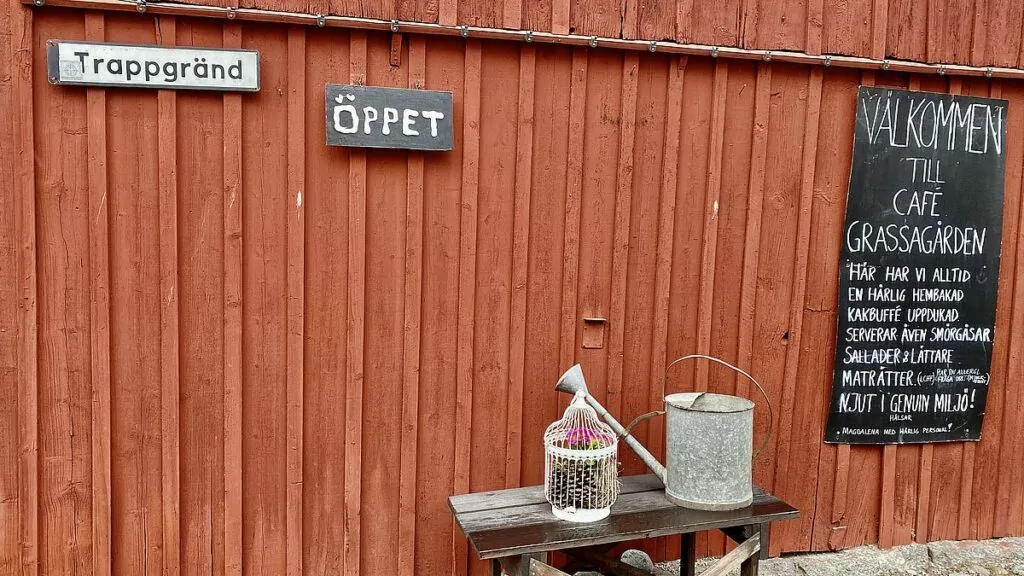
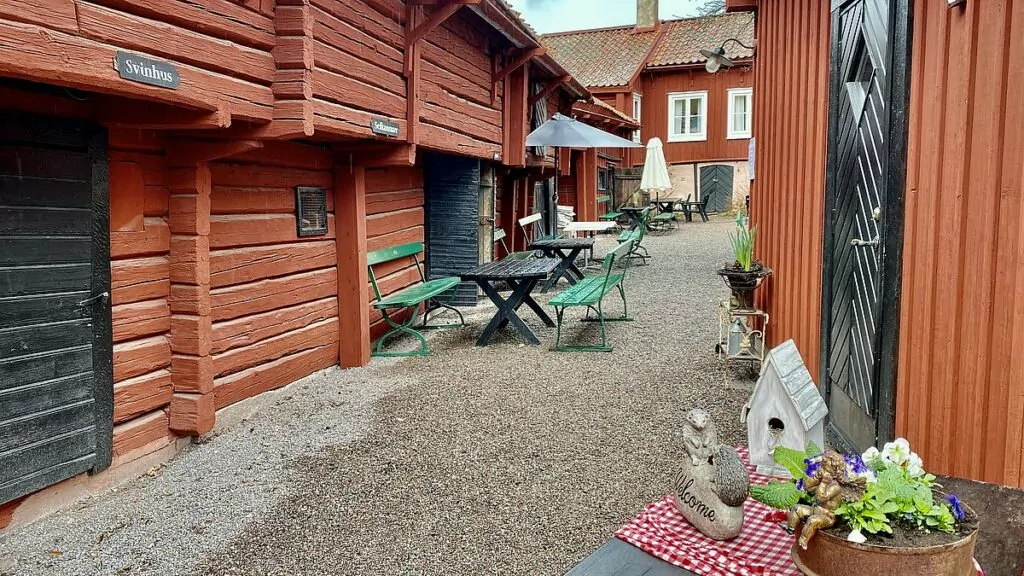
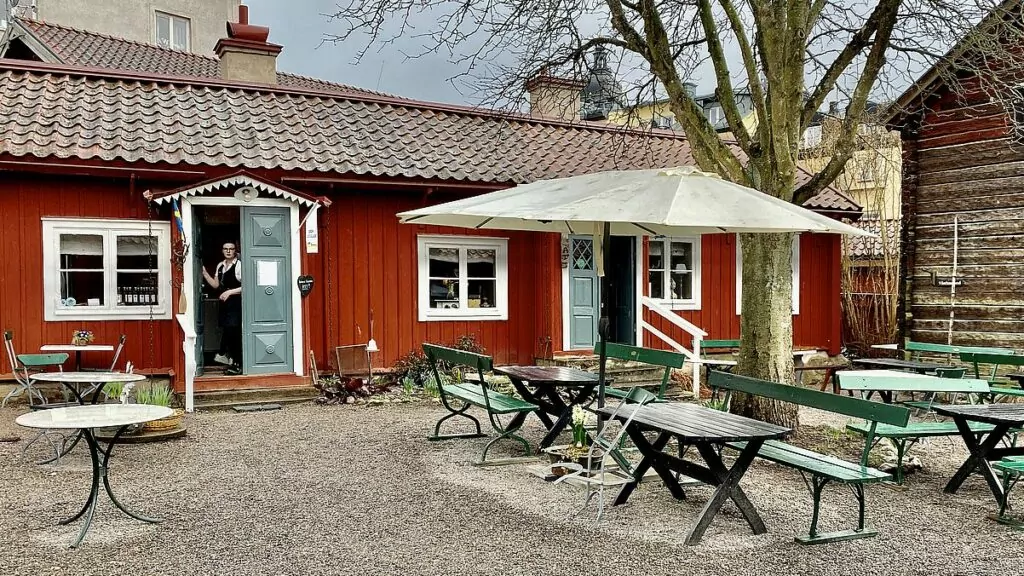
5. Check out the windmill
There has been a windmill on Kvarnkullen in Strängnäs since the 17th century. The windmills have been replaced over time and the one that stands there today was built in 1855 and is of Dutch design. In the summer, tours of the mill are sometimes given.
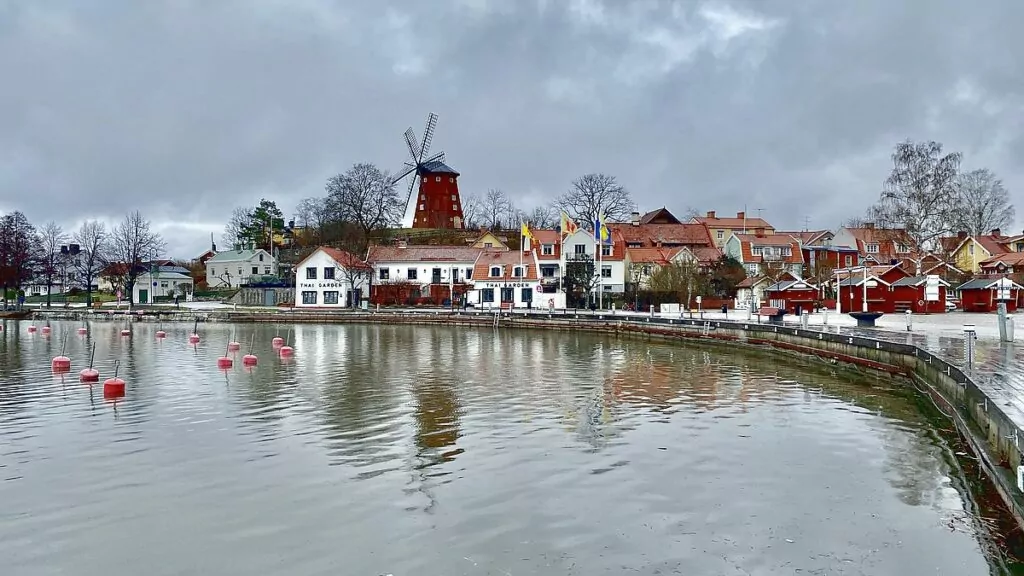
6. Impressed by Strängnäs Cathedral
Perhaps the most important attraction in Strängnäs is the cathedral, which sits on a high hill in the centre of the city. Strängnäs was already a bishop's seat in the 12th century and around 1260 the construction of the mighty cathedral began.
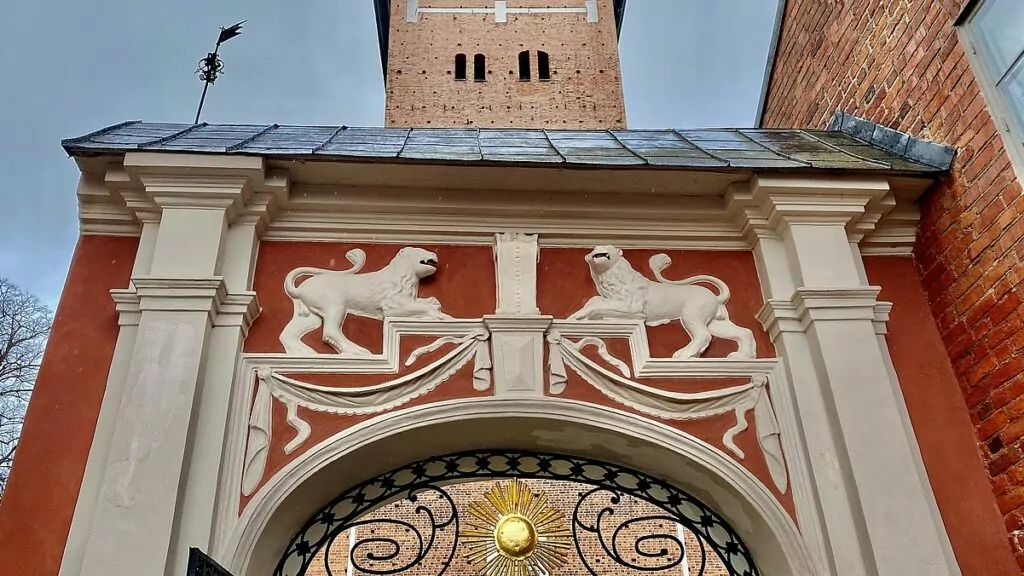
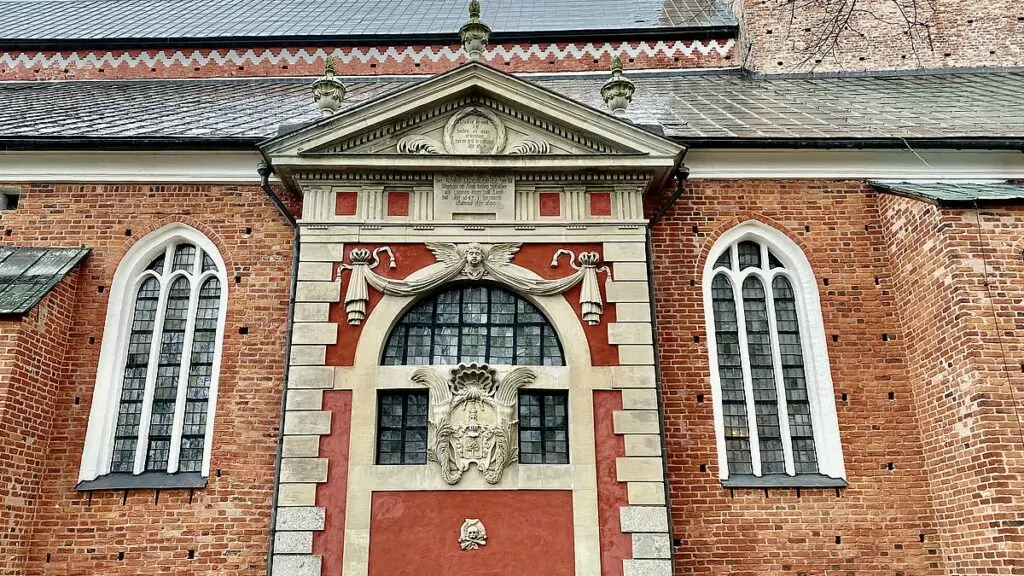
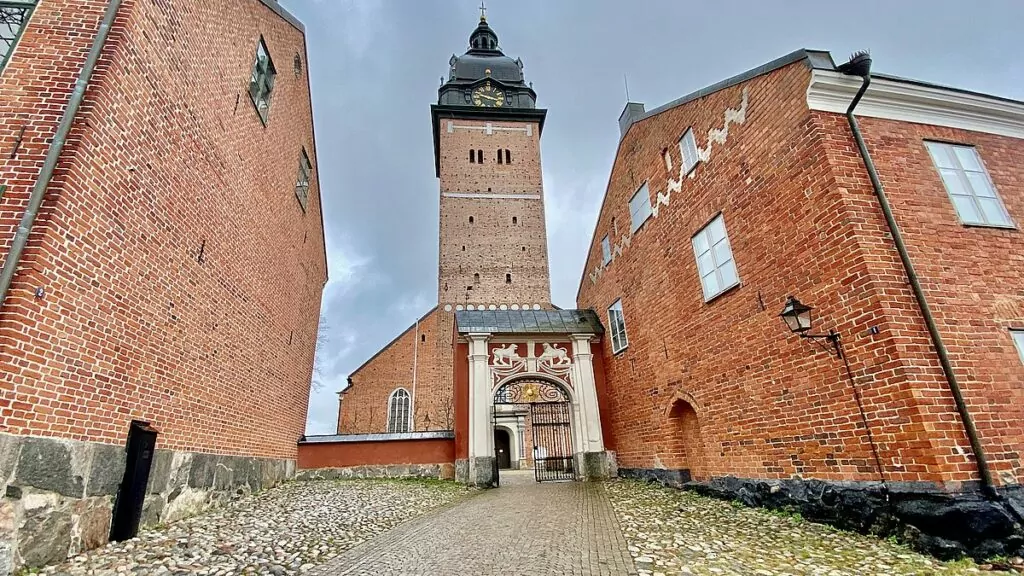
In the church, you can see, among other things, the high choir's altar cabinet, which is made in Brussels In the outer wall of the church, you can also spot a rune stone that has been carved into the wall.
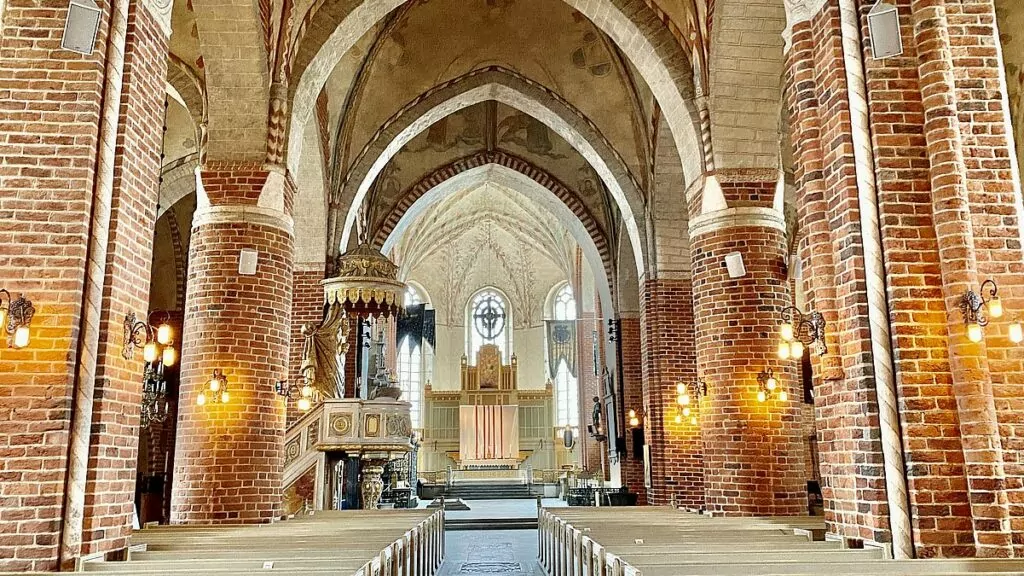
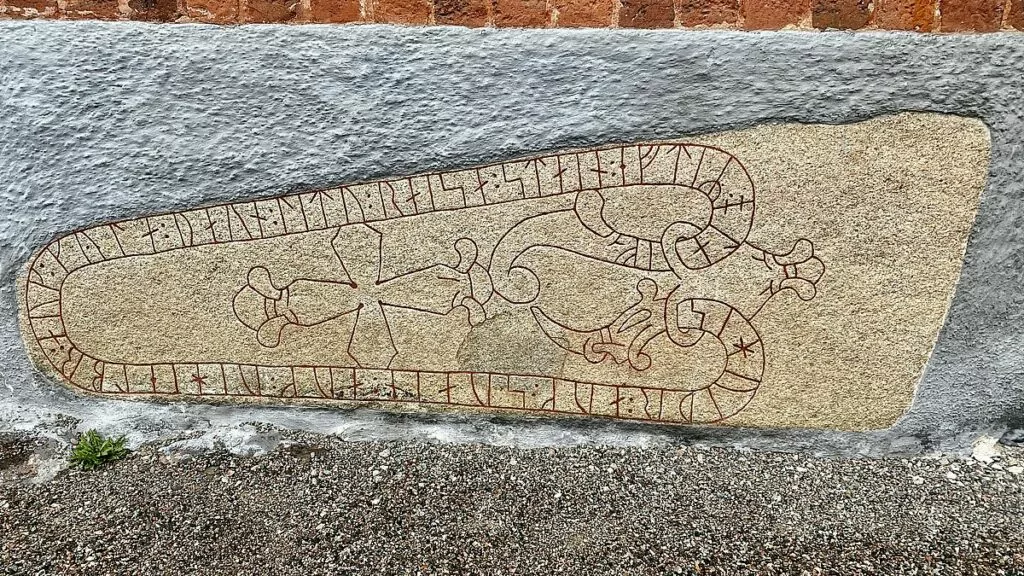
7. Read about the history at Roggeborgen
Right next to the cathedral you will find Roggeborgen. This building was built at the end of the 15th century as a bishop's palace, and the name comes from Kort Rogge, who was bishop of Strängnäs from 1479 to 1501. In 1523, Gustav Vasa was elected king of Strängnäs, and according to some sources this took place in the Rikssalen in Roggeborgen.
From 1626 to the mid-1930s, the building was used for Strängnäs Gymnasium. Since 1968, the Roggeborgen has housed the Roggebiblioteket, a section of the Royal Library.
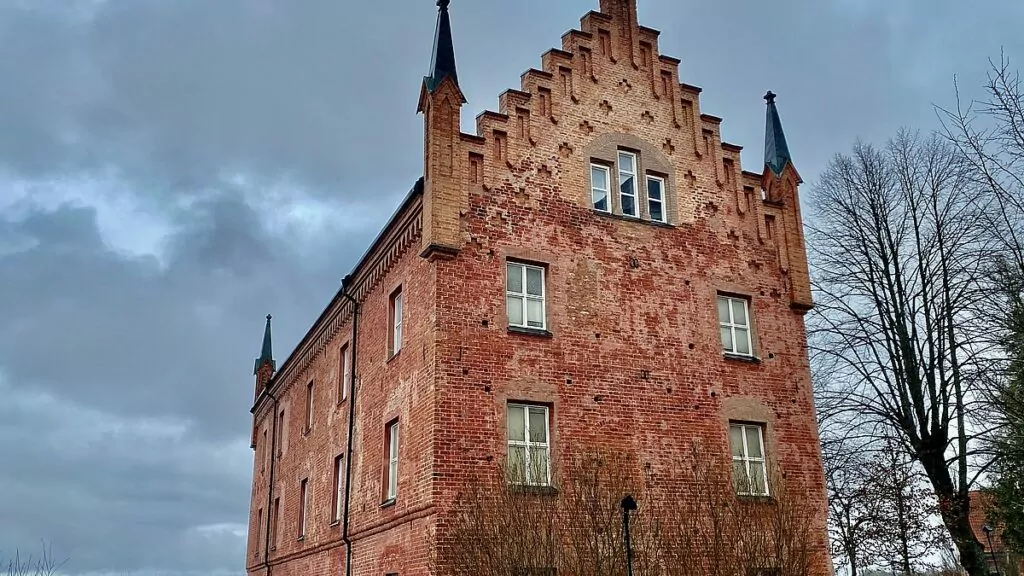
8. check out the Eco-Temple
On Nabbkullen in Strängnäs, there is a small pillared temple building called the Eco-Temple. The building was built in 1819 as a gazebo, inspired by Greek temples. You get up the hill via a small staircase, and once up there you have a fantastic view over the water, and also towards the cathedral.
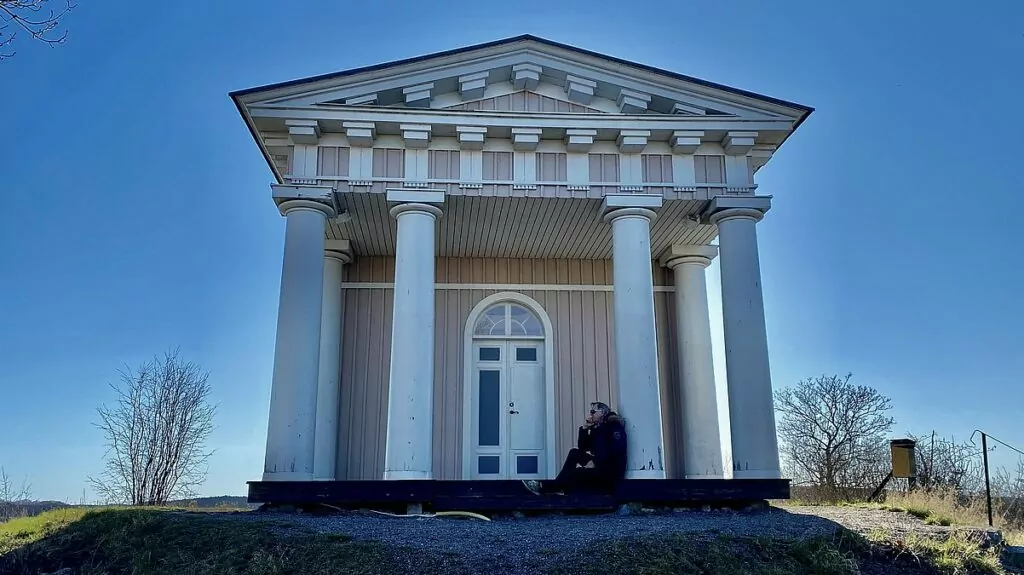
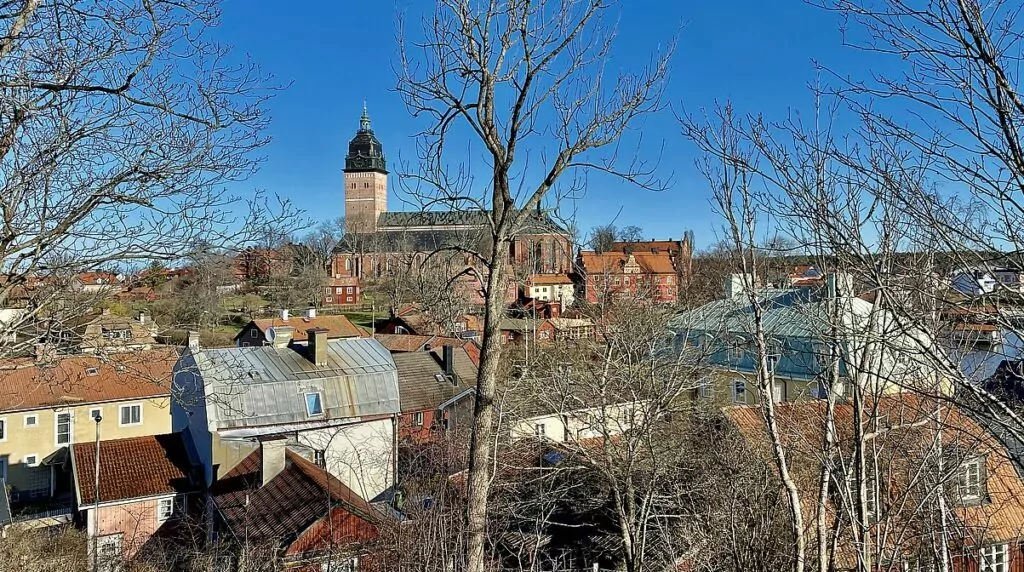
9. See the view from the King's Tower
If you like viewpoints, there is another interesting point in Strängnäs, namely the King's Tower. We had a little trouble finding it at first. When we followed the GPS, we ended up on the wrong side of the railway, and once we got across, the signs were unclear. You can find the tower on Långberget, behind Resecentrum.
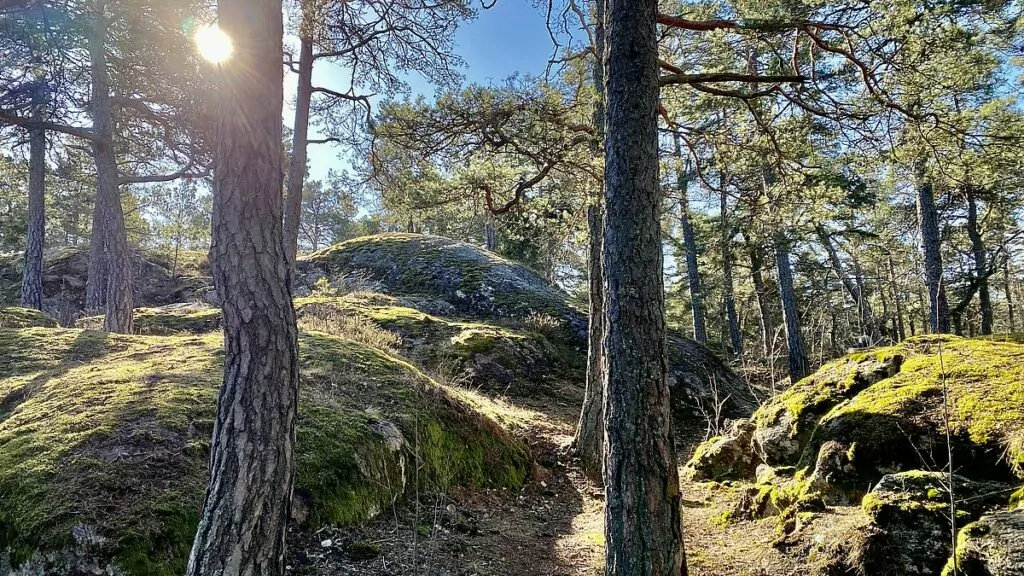
The King's Tower is an approximately 11 metre high observation tower, built in 2018. I (Helena) am hysterically afraid of heights, so Peter had to climb to the top alone. On the other hand, you have a great view from the base of the tower, as you are high up on a mountain.
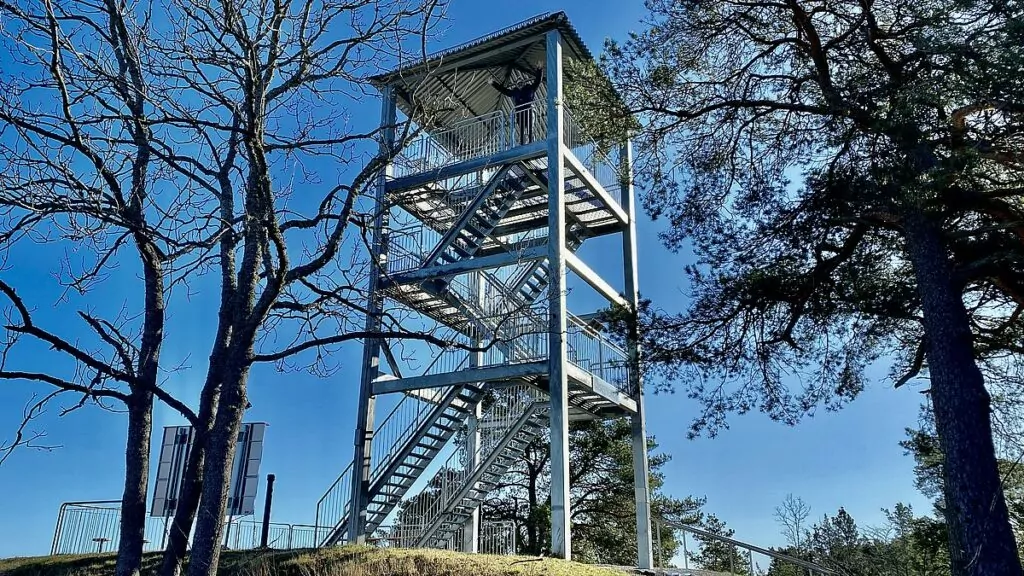
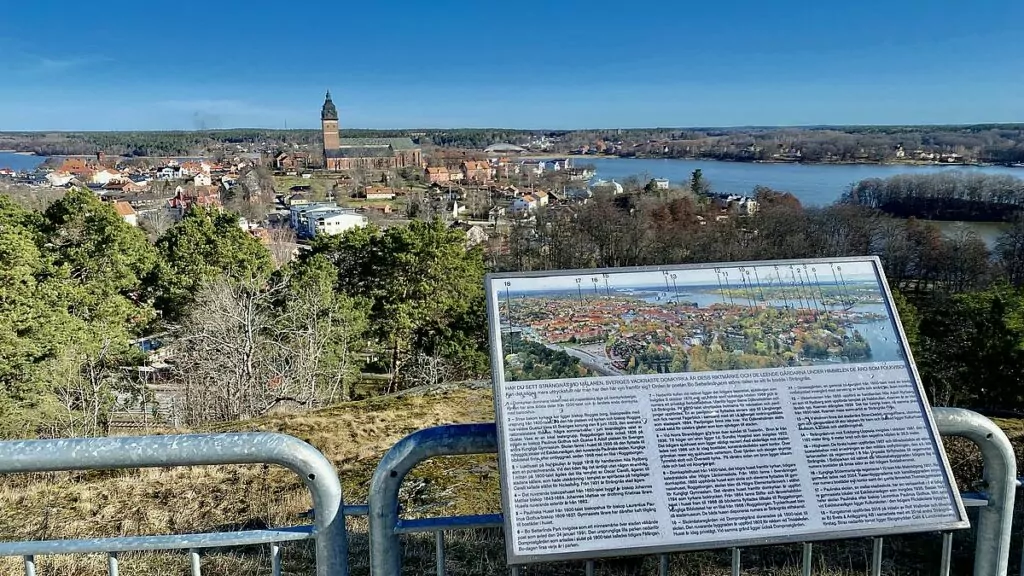
10. Visit Mälsåker Castle on Selaön island
If you drive to Stallarholmen, you can continue onto Selaön, the largest island in Lake Mälaren. Here is the magnificent Mälsåker Castle, which was built in the 17th century and has had a dramatic history of bankruptcy, training for Norwegian resistance fighters during World War II, and a fierce fire that destroyed the entire roof. It sometimes hosts exhibitions, events and 'cosy up'.
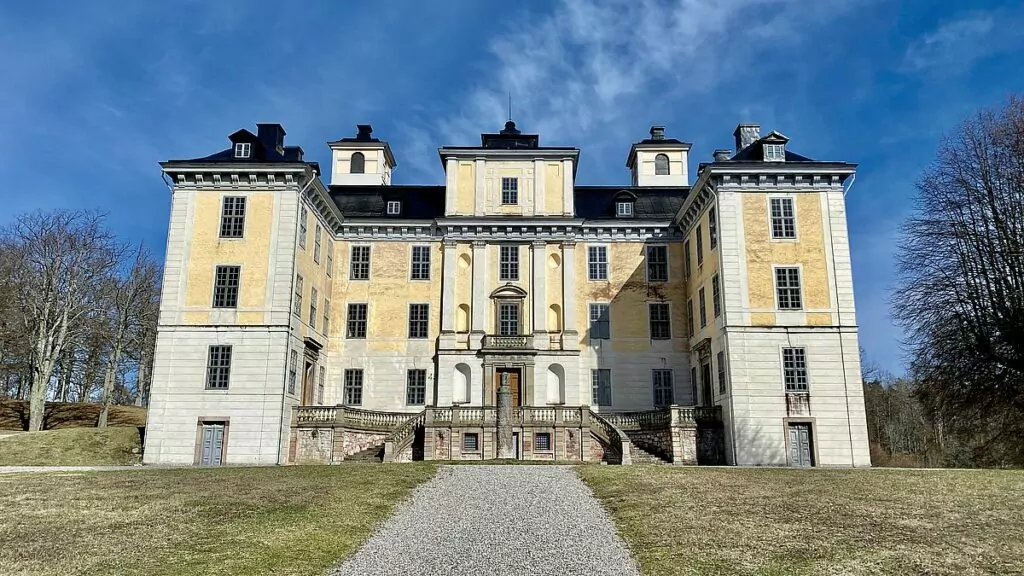
11. Take a trip to Mariefred.
Mariefred is an idyllic small town on Lake Mälaren, which belongs to the municipality of Strängnäs. The town was granted town privileges in 1605 and many of the houses are from the late 18th or 19th century. Mariefred's history is very closely linked to the monastery Pax Mariae (Mary's Peace) and Gripsholm Castle. There are no remains of the monastery, but the castle rises mightily on the banks of Lake Mälaren.
In Mariefred, you can take a walking tour through charming neighbourhoods, look into shops and visit cafés. In summer, and during special events, you can also take the museum railway to Läggesta and Taxinge Näsby Castle. Another option is to take the steamer S/S Mariefred "Maja". Or why not take a steamboat in one direction and a steam locomotive in the other?
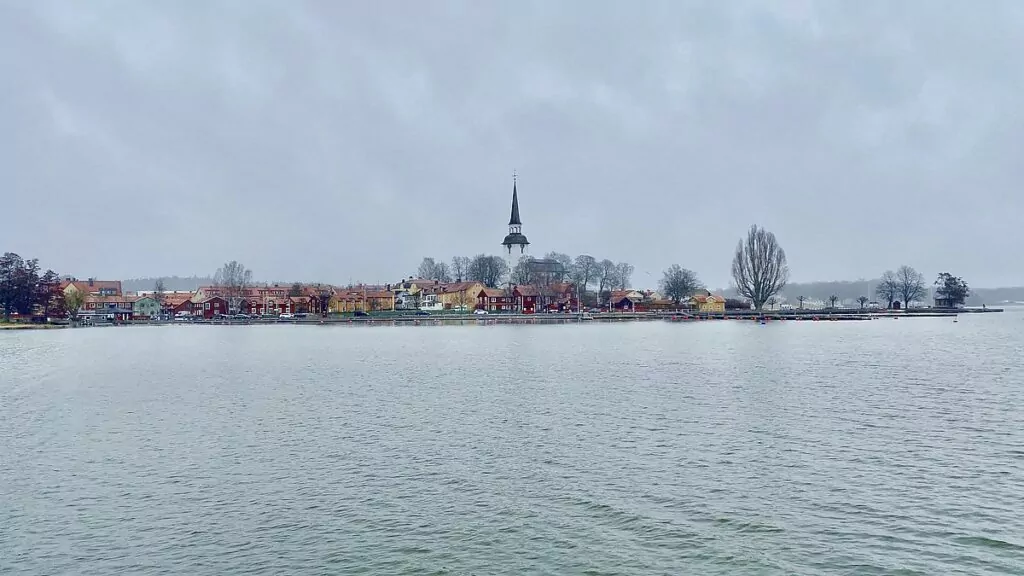
12. Experience Gripsholm Castle
Gripsholm Castle is a magnificent and royal castle by Lake Mälaren. The rooms remain from the time of the Vasa kings and one of Europe's most well-preserved 18th century theatres is located in one of the towers.
Under normal circumstances, you can visit the interior of the castle and take guided tours. You can also see the Swedish state portrait collection, which contains portraits of famous Swedes from the time of Gustav Vasa to the present day. You can also walk around the castle park and the Gripsholm Deer Park nature reserve, where fallow deer roam.
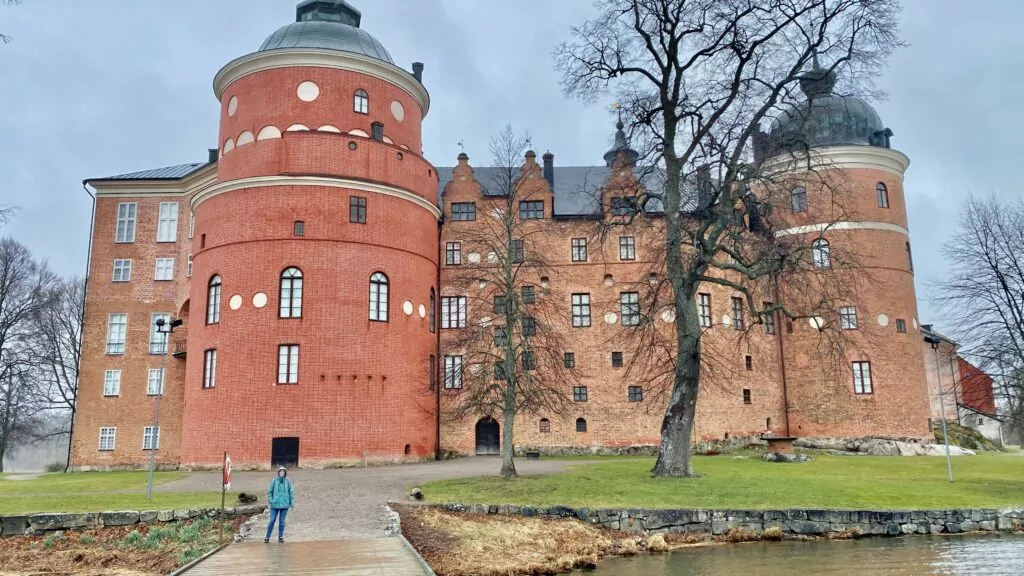
More things to do in Strängnäs for those who like history
- Arsenals is a military vehicle museum located in Härad.
- Vårfruberga monastery ruin is located at the old Kungsberg royal estate and is the ruin of a nunnery inaugurated in 1289.
- Crystals is a rune stone near Aspö church, where the runes are inscribed directly into the rock.
- Åkers utility museum tells the story of Åkers styckebruk, which was founded in 1580. You can also visit the English park at Åkers styckebruk.
- Skottvång mine has a history dating back to the 16th century. There is a mining museum that is open in the summer.
- Åsa cemetery on Selaön is one of Södermanland's largest burial grounds from the Younger Iron Age. Among other things, there is a shipwreck here.
- Kärnbo kyrkoruin in Mariefred is a church ruin of a 12th century church.
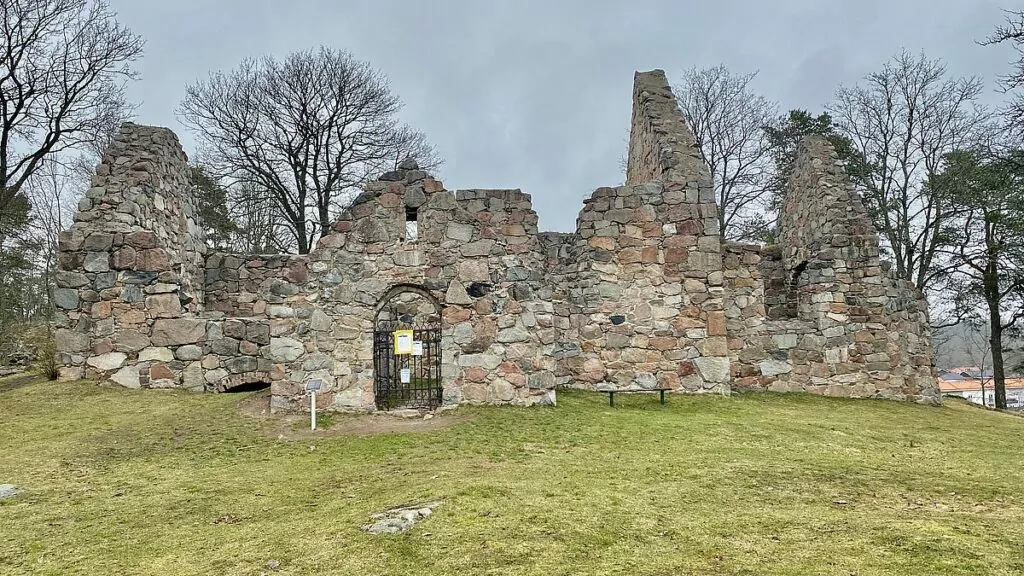
More things to do in Strängnäs for nature and culture lovers
- Hornudden garden has a farm shop, restaurant and café.
- Rocks of Ulvhäll is an art park in Strängnäs located at Ulvhälls mansion.
- Villa Sjövik is a garden in Åkers styckebruk that is open to visitors on certain weekends.
- Gripsholm Deer Park is a popular nature reserve where fallow deer roam.
- limestone quarry is a nature reserve and an old limestone quarry with high dramatic rock walls.
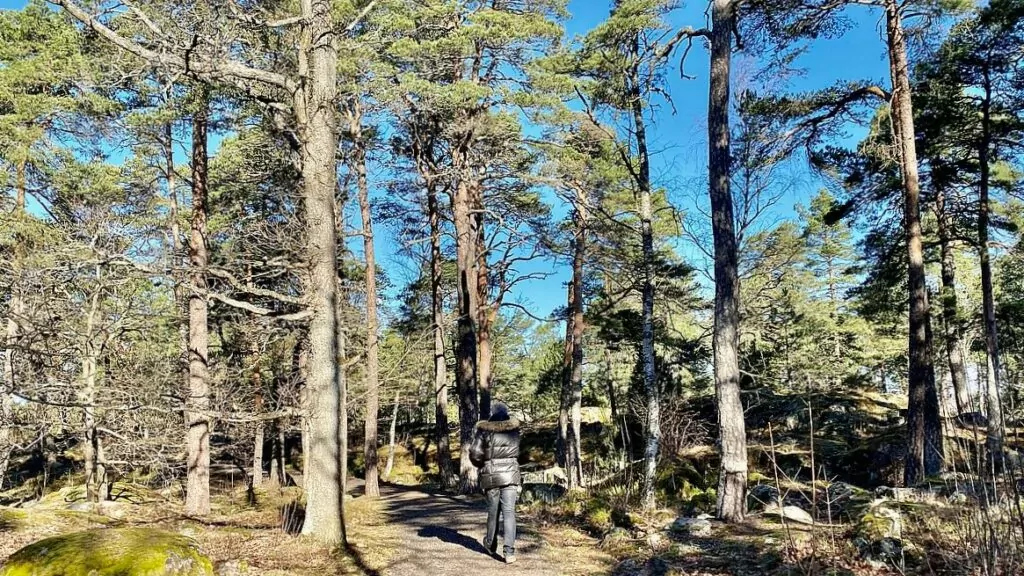
More to see and do near Strängnäs
There is of course more to see and do in Södermanland, near Strängnäs. Taxinge Castle is worth visiting both for its beautiful surroundings and its popular cakes. Sundbyholm Castle and the Sundbyholm guest harbour is also a nice place, with a hotel, restaurant and caravan park.
Excursions in Stockholm in times of coronavirus - 15 tips
Tips on 15 excursions in Stockholm in times of corona! Because yes, what do you do when you don't...
Summer and sun at Malmköping campsite
We have now driven the motorhome to Malmköpings camping. This is a classic caravan campsite: white...
Hjälmaregården - campsite by Lake Hjälmare
Hjälmaregården is idyllically beautiful in Läppe, on the southern shore of Lake Hjälmaren (not far from Vingåker). Here are...
Öster Malma Castle - hunting, buffet and wild animals
Öster Malma Castle is a fine little white estate in Nyköping municipality. Here, much is about ...
Häringe castle - fine castle hotel in Södermanland
Häringe Castle is located just south of Stockholm and is a castle you visit for lovely weekend packages,...
Skogskyrkogården in Stockholm - a Unesco World Heritage Site
The Forest Cemetery in Stockholm is one of the Swedish World Heritage Sites on the UNESCO World Heritage List. We often check...
Fishing in Lake Mälaren - a long weekend on the island of Ringsö
We have been fishing in Lake Mälaren this weekend. Our friends have a summer house on the island...
Nyköpingshus - the site of Nyköping's guest house.
Nyköpingshus has a long and sometimes very dramatic history. This medieval castle was transformed in the 16th century into a...
4 Castles in Strängnäs - and a fortress
We have looked at a bunch of castles in Strängnäs, during our castle trip with a motorhome. Some castles...
Femöre - barren rocks and military history in Oxelösund
On the way home from Jogersö camping in Oxelösund we took the opportunity to drive past the island of Femöre,...
Tullgarn Castle - in the footsteps of kings and tsars
When we went home on Sunday from our motorhome weekend at Jogersö, we needed a place to...
Stora Sundby Castle - fairytale castle on the banks of Lake Hjälmaren
Stora Sundby Castle is a fairytale castle with turrets and towers, beautifully situated on the shores of Lake Hjälmaren....
Tyresö Castle - history and beautiful nature
Tyresö Castle is beautifully situated at Kalvfjärden in Tyresö, just south of Stockholm. We went...
Jogersö camping and sea bathing - open all year round
Now we are finally out with the motorhome again! We both have a lot of work to do...
Tyresta National Park - tips on entrances and trails
Tyresta National Park is a large natural area just south of Stockholm. Here you can experience wild primeval forest,...
Lida Friluftsgård and the Adventure Trail around Lake Getaren.
Lida Friluftsgård, located in Botkyrka municipality in Stockholm, offers a fantastic outdoor area with...
Julita farm - mansion and open-air museum
Julita Farm is a mansion and open-air museum owned by the Nordic Museum. Currently, the...
Trosa havsbad and camping - nice on the waterfront
We rolled past the caravan park in Trosa yesterday, which was full of motorhomes, and continued out...
Taxinge castle - cookie castle in a beautiful location by Lake Mälaren
Taxinge castle, or Taxinge-Näsby castle, is beautifully situated by Lake Mälaren. We came here by motorhome on...
Södertuna castle - fine castle hotel in Södermanland
Södertuna Castle is beautifully situated by Lake Frösjön in Södermanland. You come here, for example, to treat yourself to...
Boo castle, Breven's mill and car park in Vingåker
Boo Castle is a beautiful terracotta-coloured palace reminiscent of a fairytale castle. Not too far from here...
Malmköping swimming and camping
Malmköpings bad och camping is beautifully located by Hosjön. This is a 4-star campsite with good...
Sundbyholm castle - and guest harbour with parking space
Sundbyholm Castle has a history as a monastic estate and royal palace. Today you can come here for hotel accommodation,...
Things to do in Nyköping - 9 sights and experiences
What to do in Nyköping? We've visited this lovely town several times over the past...
Stendörren nature reserve - with suspension bridges between islands
Stendörren Nature Reserve is a magical coastal paradise located between Nyköping and Trosa. The water is crystal clear...
Ringsö in Lake Mälaren - a Swedish idyll
We spent Monday and Tuesday this week on the island of Ringsö in Lake Mälaren. Our friends...
Things to do in Mariefred - 17 tips for a charming gem
What to do in Mariefred? This charming little gem offers everything from castles and...
Ericsberg Castle - and other private castles in Södermanland
Ericsberg Castle is one of Sweden's most beautiful baroque castles, and the garden is occasionally open to visitors. Our...
Nynäs castle and nature reserve in Nyköping
Nynäs Castle is a beautiful castle in Nyköping municipality. There is also the Nynäs nature reserve, with lovely...
Årsta Castle - with memories of Fredrika Bremer
Årsta Castle is located in Haninge, south of Stockholm, and is perhaps most strongly associated with the author...
Gripsholm Castle - a royal castle on Lake Mälaren
Gripsholm Castle is a magnificent and royal castle by Lake Mälaren. Here the rooms remain from the Vasa kings'...
What to do in Trosa - 9 tips for a picturesque gem
What to do in Trosa? We have visited this picturesque town many times. It was...
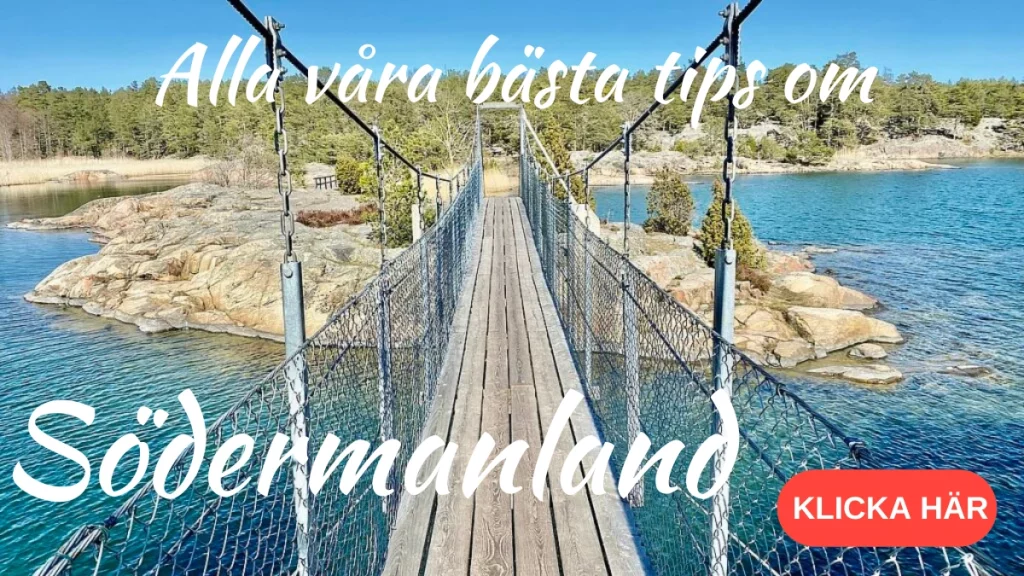
More tips for things to do in Strängnäs?
Have you been to Strängnäs? Tell us about your experiences and your relationship with the city and the municipality! Do you have even more tips on things to see and do in Strängnäs?
Facts about Strängnäs
- Landscape: Södermanland
- County: Södermanland County
- Population: More than 14 000 (2020)
- Areas: Strängnäs, Mariefred, Stallarholmen, Åkers styckebruk, Aspön, Fogdön and Härad.
- The place name: The etymological origin and meaning of the place name is disputed. The prefix 'sträng' may refer to gill nets. Other suggestions are that the name refers to fishing nets, stream, cape or border. The suffix "näs" probably refers to the isthmus in Lake Mälaren on which Strängnäs is still located.
- Read more: You can find more information at the municipality's website
Finding Strängnäs
- Car/caravan: From Stockholm, take the E20 west towards Strängnäs. In Strängnäs guest harbour there are parking spaces for motorhomes.
- Trains: Check sj.se to find suitable train journeys to Strängnäs. From the Travel Centre, it is easy to visit the central parts of the city.
History of Strängnäs
- Early history: The earliest evidence of humans in the area dates back to 6000 BC. The site was perhaps chosen because of its strategic location by land and water.
11th to 13th century
- 11th century: Seven rune stones from this period have been found around the cathedral. Other artefacts have also been found.
- 1080: The English missionary Saint Eskil travelled from Tuna (later Eskilstuna) to Christianise the ascetic inhabitants of Strängnäs. He was stoned at the sacrificial site where the cathedral now stands.
- 12th century: Several churches were built, including on Fogdön and Selaön and Kärnbo parish church.
- 1260s: A Dominican monastery was established on Munkbacken, and construction of the cathedral began.
14th century to 16th century
- 1336: Strängnäs was granted city rights.
- 15th century: Two major fires raged in the city.
- 16th century: Because of the cathedral and its central location, Strängnäs became a meeting place for councils and church meetings. Olaus Petri began to promote the Lutheran doctrine.
- 1523: On 6 June, Gustav Vasa was elected King of Sweden.
- Reformations: With the coming of the Reformation and its confiscation of church and clergy property, Strängnäs' importance declined considerably.
18th century to the present
- 18th century: The profitability of the herring fishery declined. However, the velvet market, craft production and other trade did well.
- 19th century: The economic situation stagnated.
- 1871: A large fire raged in Strängnäs.
- 1944: On 23-24 February, Soviet aircraft dropped bombs near the Södermanland Armoured Regiment in Strängnäs. The Soviet Union later claimed that the planes were misdirected and that they thought it was Finnish airspace.

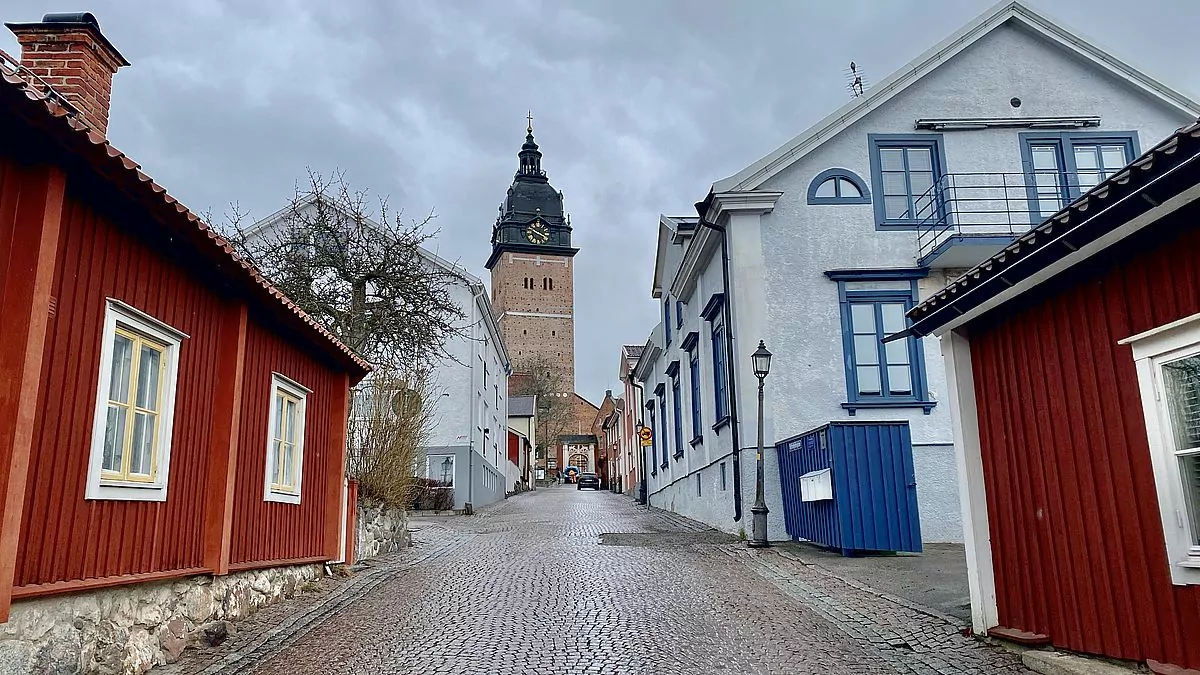








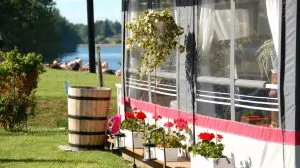
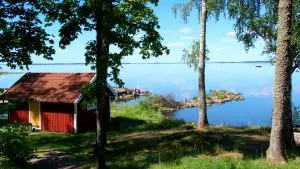
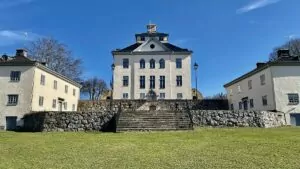
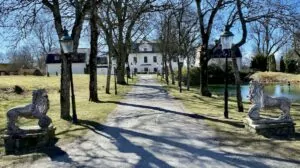
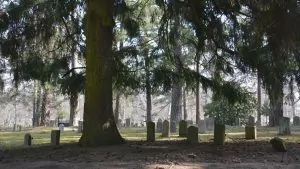

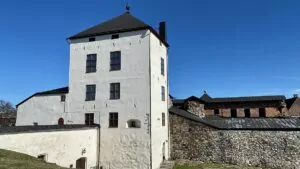
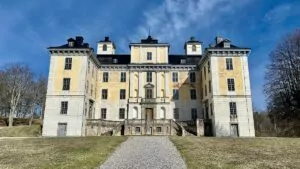
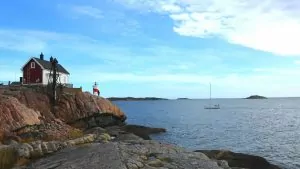
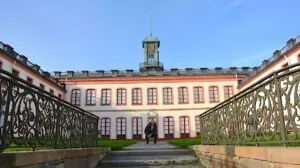
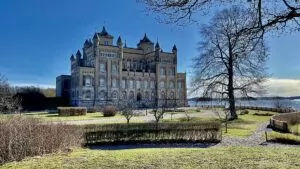

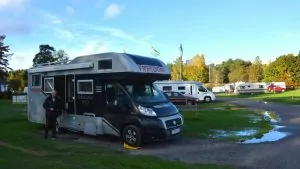
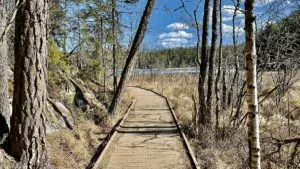
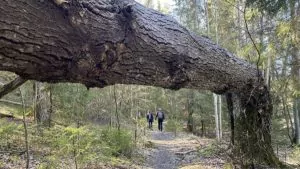
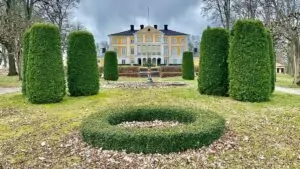
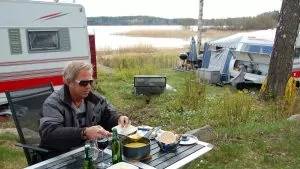
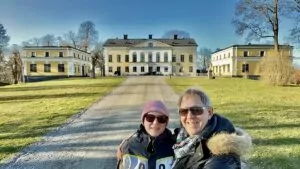
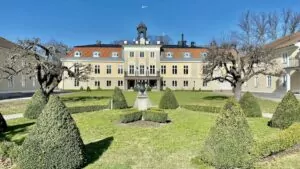
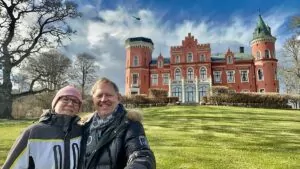
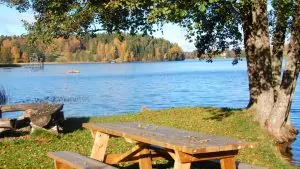
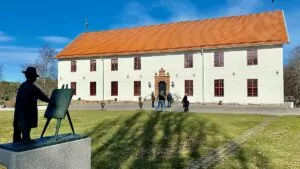
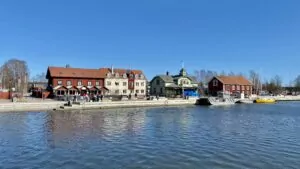
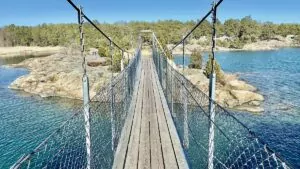
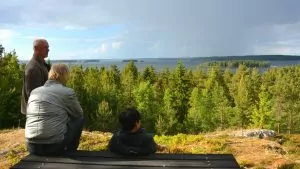
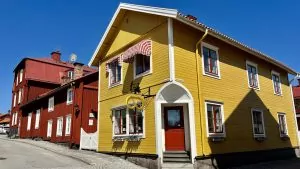
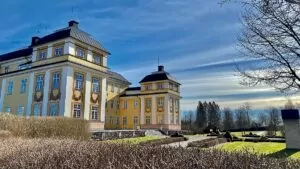
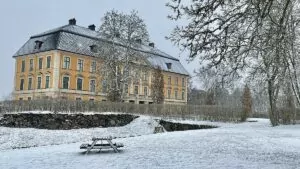
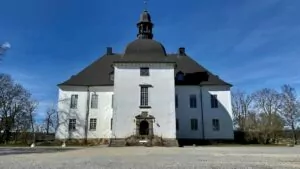
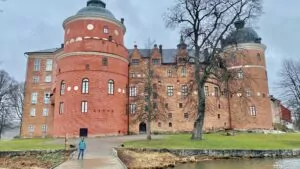
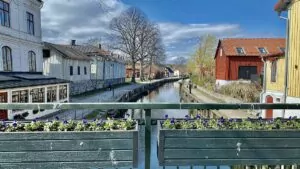
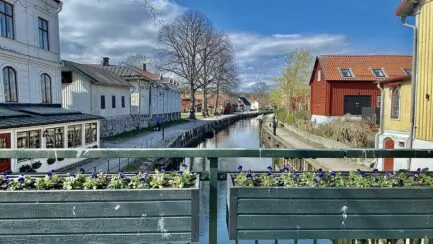
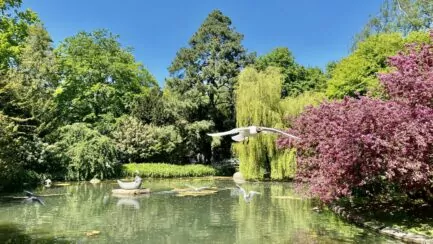
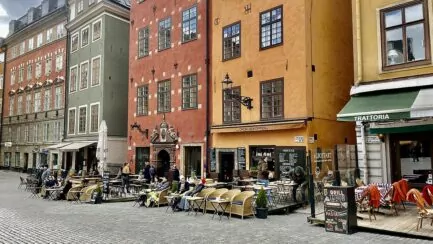
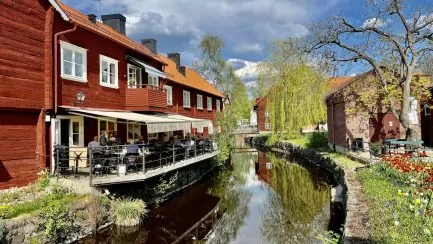
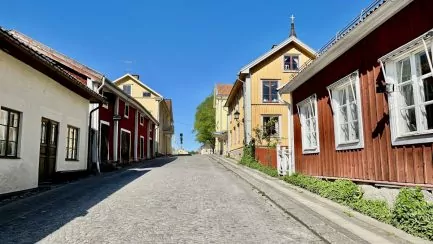
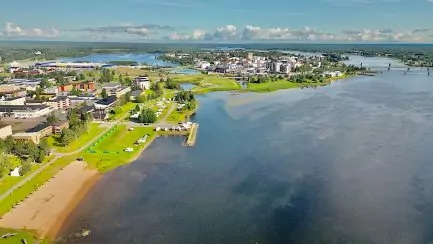



Anonymous says:
hello
As usual, a very rich, articulate and interesting description of a destination. You / you are incredibly talented and you always get lots of interesting tips before a visit. And lots of wanderlust!
Thank you!!!
With kind regards
Thomas and Leonor
10 April 2021 - 7:28
Helena says:
Thank you, what a nice and encouraging comment! We are really happy if we can tip and contribute to the desire to travel! Thank you so much for writing, it means a lot! Wish you a really nice weekend!!!
10 April 2021 - 7:48
Anonymous says:
Thank you!
10 April 2021 - 8:11
Matts Torebring says:
We only spent two nights in Strängnäs a few years ago. What a nice place to search. Unfortunately, we had to flee head over heels, because the new, white & red motorhome that we had then, became powerless as usual. We are happy to stop there again.
10 April 2021 - 8:07
Helena says:
Powerless is no fun. so understand! But Strängnäs remains for future motorhome trips! 🙂
10 April 2021 - 20:22
bmlarsreseblogg says:
Strängnäs is one of the many Swedish cities we just passed by, which we now realise was a big mistake. Thanks for a great travel guide we can use if we get there!
10 April 2021 - 8:26
Helena says:
That's how it goes sometimes, we recognise that! But Strängnäs is a nice destination, which is worth a visit!
10 April 2021 - 20:23
Maria says:
Nice report about my hometown. Can add Åsa grave field on Selaön in Stallarholmen, which is also Europe's largest lake, there is a nice little nature reserve where backsips bloom in April.
10 April 2021 - 8:45
Helena says:
What fun to hear that you liked it! Good tip with the nature reserve and the backsips, it sounds fantastic!
10 April 2021 - 20:24
Johnny Friskilä says:
I've probably never been to Strängnäs. But then there are so many places within a two-hour radius of Stockholm that I haven't been to. Maybe it's about time!
10 April 2021 - 11:04
Helena says:
There are many places we haven't explored either, but it feels like the right time to explore Sweden a bit more now! 🙂
10 April 2021 - 20:24
Anna, New York - My Bite of the Big Apple says:
Do it Johnny and shout, and we'll have a coffee! 🙂
11 April 2021 - 18:39
Monica says:
What an inspiring tip! Now without a motorhome, it is always fun with relatively nearby destinations from Norrtälje. Whose city centre has similar charming streets! We have visited Mariefred, Gripsholm and Taxinge and also Strängnäs for a short time. But we will definitely go back! Tips for both Trosa, Söderköping, Visby and Sigtuna plus our own city if you are charmed by rose adorned cobbled streets!
10 April 2021 - 14:51
Helena says:
I'm glad you liked our post Monica! The cities you suggest are really nice! We have seen very little of Visby (I have only been to a short work meeting). We are keen to book a cruise there, when possible. Or maybe it will be a motorhome on occasion.
10 April 2021 - 20:26
Anja says:
Hello to you! Strängnäs has for many years been a stopover with an overnight stay with the motorhome and we like the place 😊! Unfortunately, there are now prohibition signs against overnight stays everywhere (we have an old, small one that fits in a regular parking space). On the square at the marina it is not possible to get a good night's sleep. Just like in all small towns, motors are "burned" and even drugs change owners through car windows. You were there off season and got a place further away from the bath and there it is a little quieter. Recommended 👍. All cities change and change, but in Strängnäs there is much wonderful to experience!!! Absolutely!
10 April 2021 - 19:21
Helena says:
Hi Anja! Great to hear from you! We noticed cars driving around (and standing next to each other with headlights on) when we were in the harbour. However, we were not disturbed when we slept, so maybe it was just earlier in the evening? (Or we were very tired and slept deeply;)) Regardless, we think Strängnäs is a nice destination with the motorhome!
10 April 2021 - 20:29
BP says:
What a cosy little town. Totally empty, perfect in pandemic times. It seems only you have ventured out...
10 April 2021 - 21:15
Helena says:
Interesting observation! I didn't realise that it was empty (it wasn't completely empty ;)) but I see now that the streets look empty 😉.
14 April 2021 - 8:01
Anna, New York - My Bite of the Big Apple says:
Oh, nice tip list for my current hometown! Were you here recently? Shout next time and we'll have a corona-proof date. 🙂
It is certainly easy to get here nowadays. It only takes about three quarters of an hour from Stockholm by train, and the trains run much more frequently than before.
I also want to tell you about all the good second-hand shops here. Pure gold mines, which in many ways have decorated our home! (I wrote a similar list last autumn and these are included).
Good that you include Mariefred as well. Perfect to kill several birds with one stone when you are here. But the best thing is to stay overnight and take your time. A really cosy b&b with the standard of a luxury hotel is Låsta Gårdshotell just outside Strängnäs. Tips, tips! But that does not apply to you with a motorhome of course. 😀
11 April 2021 - 18:38
Helena says:
Glad you like the list Anna! Yes, we were recently in Strängnäs. We thought of you, but we had quite short time, and so it feels a bit tricky in these times too. But the times are getting better, we hope, it would be fun to see you again soon! Thanks also for further tips! Strängnäs is really a nice city, as well as Mariefred!
14 April 2021 - 8:03
TravelAnna says:
I absolutely understand! 🙂 There will be more opportunities. I just got so excited, haha... "Oh, were they HERE?"
Glad you like both Strängnäs and Mariefred.
Another thing to do here in Strängnäs is to take an art walk along the waterfront. There are lots of cool artworks to see there, as well as beautiful views.
What nice pictures you have taken too! Especially like the picture of Peter at the Eco Temple. 🙂
15 April 2021 - 19:52